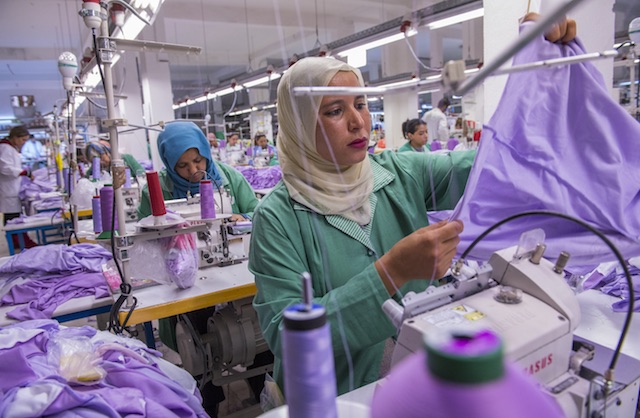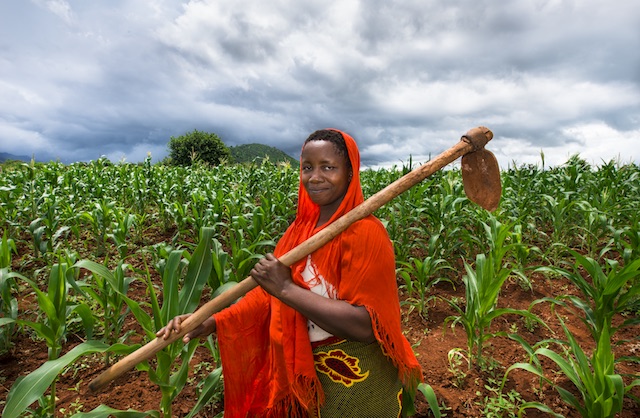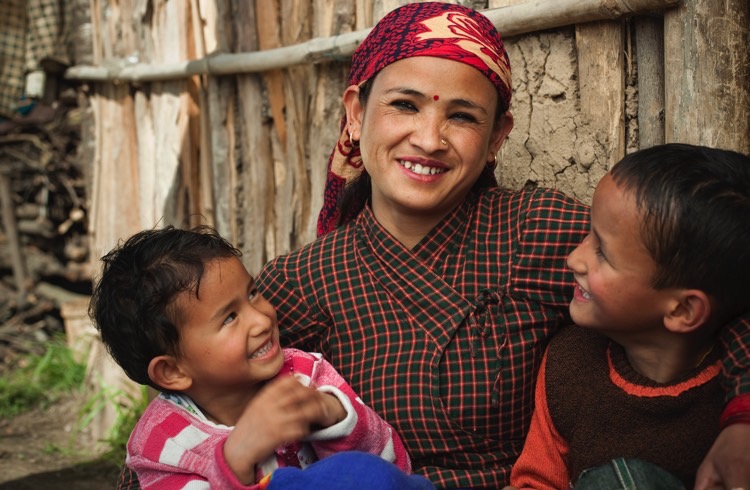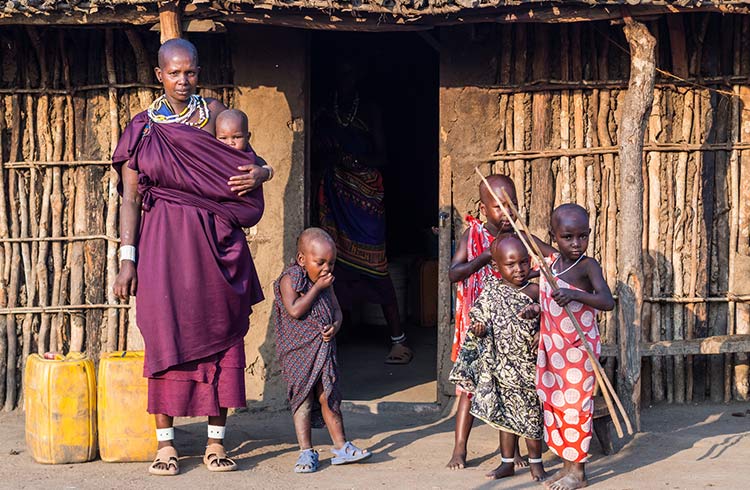How to Take Great Photos for Non-profit Organizations
When Alison Wright started her career in photojournalism she wanted to do more than just take photos, she wanted to make a difference. She shares with us how she's turned her passion into a career.
Shares
 Photo © Alison Wright (Liberia for BRAC International)
Photo © Alison Wright (Liberia for BRAC International)
I received my first point-and-shoot camera when I was 10, and my first SLR in high school where I worked on the yearbook and school newspaper. I had an influential teacher, Mr. Lee, who took me aside and told me that I could actually make a living at this. From the first time I heard the word photojournalist at the age of 15, I knew that’s what I wanted to do and I never wavered. I got my undergraduate degree in photojournalism and, after working overseas for 10 years, I went back for a Master's Degree in Visual Anthropology: the study of culture through film and photography.
I've managed to carve an ongoing career as a documentary photographer focusing on indigenous cultures and humanitarian work in post-disaster-conflict areas. I travel at least three-quarters of the year and have been to 150 countries.
I strive to find compassion and hope in a world of chaos. When you hear that 300,000 people have died in an earthquake in Haiti or 1,200 people riding a train in Sri Lanka were drowned by a single tsunami wave, it can simply be too much for our minds to comprehend. How do you make people care?
- Develop Personal Projects, Show Your Passion
- Create Your Opportunities
- Keep Your Rights
- Get Paid For Your Work
- Develop Self-Care
Develop personal projects and show your passion
After I graduated from college, I hitchhiked around the Middle East and then jumped on a boat to North Africa. It was a defining trip for me; my first glimpse of poverty, refugees and people in need. I knew that I wanted to use my camera to help others in some way. By the time I made it back to California, I had a pretty good travel portfolio and showed it to a newspaper editor in San Diego. To my surprise, she hired me on the spot. I spent a few years cutting my teeth working my way up the ranks as a newspaper photographer, utilizing the fact that Mexico, a developing country, was on my doorstep. During that time, I also developed personal projects focusing on Mexican border orphanages; I was extremely interested in the rights of children.

Create your opportunities
One day, I was flipping through a magazine and saw these beautiful doe-eyed children from India staring back at me. I called the photographer and told him I loved his work. He was a UNICEF photographer and encouraged me to show him my portfolio if I was ever in New York. I bought a plane ticket and went out the following week. He offered me an assignment in Nepal, and I paused five seconds for dignity before agreeing. Once there, my contract to photograph for the Convention for the Rights of the Child, my dream job, was extended. My three-week assignment turned into one that lasted more than four years.
Keep your rights
When I lived in Nepal – at the time the second poorest country in the world, and supplemented by massive aid groups – I did contract work for most of them: Save the Children UK and USA, US AID, Helen Keller and SEVA. It led me to a career of photographing NGOs all over the world. I am generous with the usage and rights because I want the organizations to use and utilize the photos as much as possible, but I always keep the copyright to my photos so I can use them as well. My goal is to get the photos out of

Get paid for your work
It has great meaning to me to create photos that I feel are helping others or benefitting a cause in some way. Still, in order to continue to do so, I need to get paid for my work. It may not be as much as commercial jobs but it’s still important to be compensated so that you can sustain your business.
Self-care
This kind of photography – which witnesses the suffering of others – can be emotionally challenging. It’s not for everyone.
Through these experiences, I was inspired to start my own non-profit, Faces of Hope, that supports women and children through education and healthcare. I wanted to do more than just make a photo, I wanted to make a difference. I help support local grass-roots organizations and then highlight their work on the website so that others may be inspired to give their support.
While photographing the aftermath of the tsunami in Sri Lanka, I come across a man burying five family members as he read from the Koran. It was dusk, a milky sky, and I approached slowly while taking a photo. I then paused and took his hand and tell him how sorry I was for his loss. He looked up at me from his book. “Please,” he said, “Don’t forget about us.”
And this is truly the reason why I do what I do.
Related articles
Simple and flexible travel insurance
You can buy at home or while traveling, and claim online from anywhere in the world. With 150+ adventure activities covered and 24/7 emergency assistance.
Get a quote

2 Comments
I have been to Tanzania 5 times. I love the people there. So eager to learn from the outsiders and share a meal. The colors the dancing, the smell of laundry soap as they wash clothes by the river. It’s a experience none should forgo.
A volunteer wants to use photographs of other volunteers from our organization for publication in a brochure of a non affiliated organization she is a part of. What are the legal ramifications.
I look forward to your response.
Mercedes